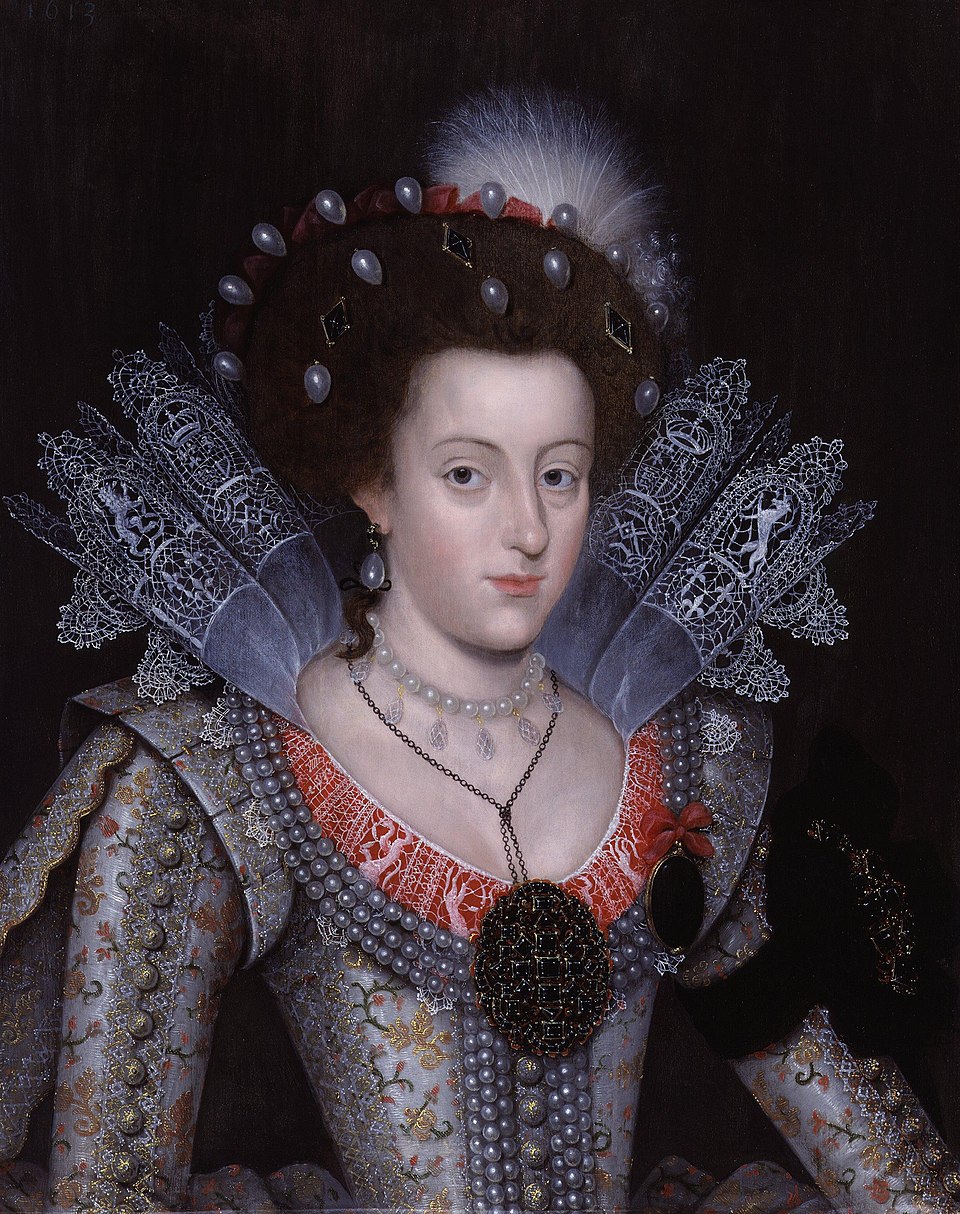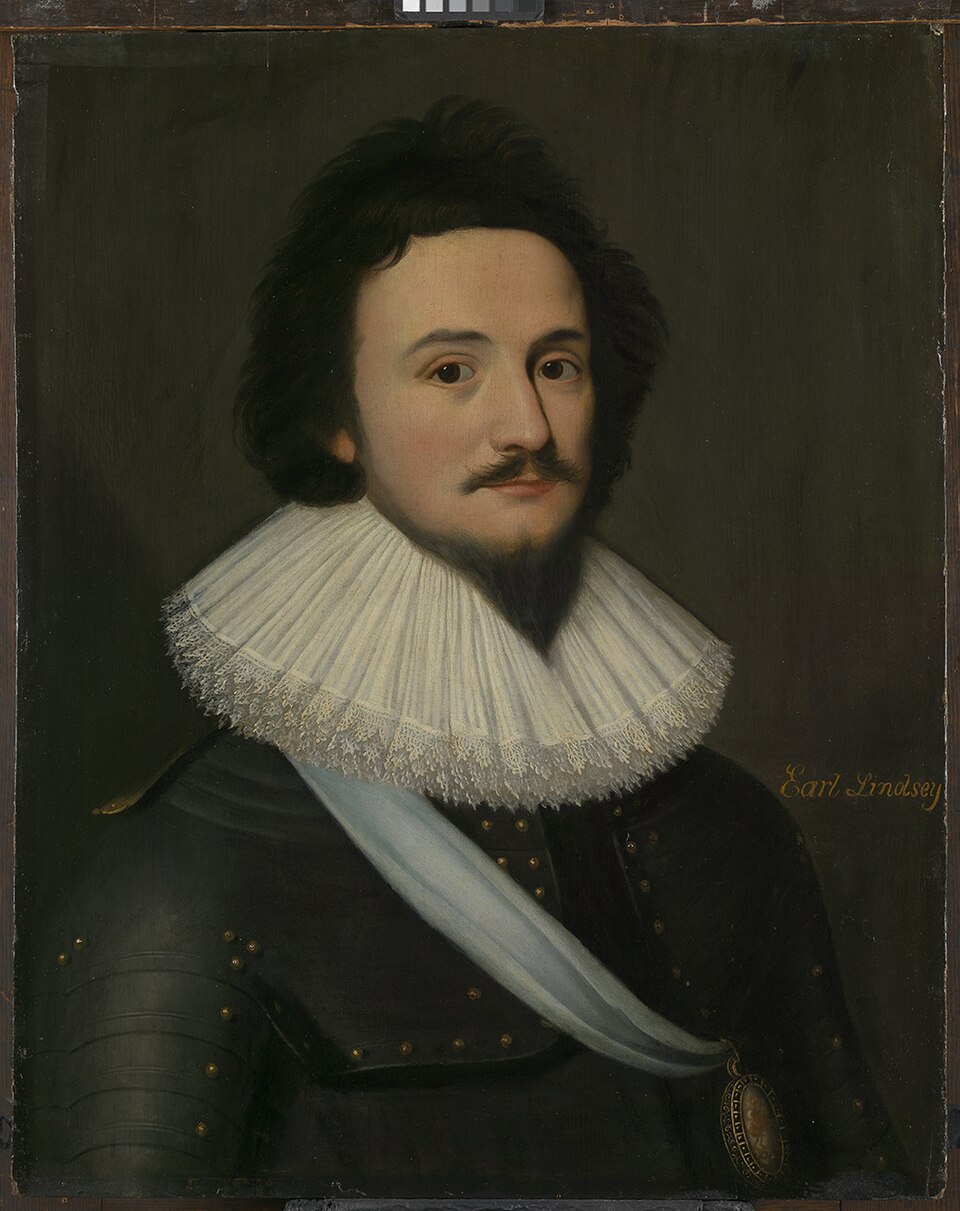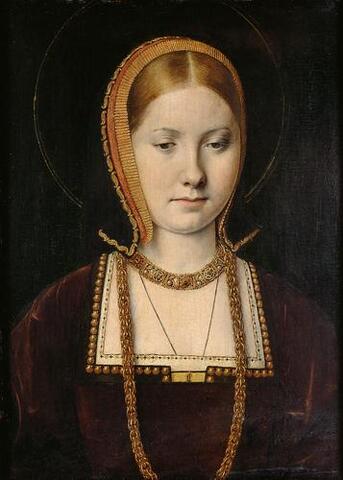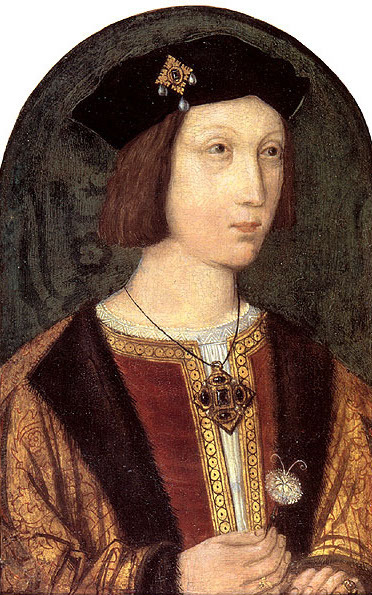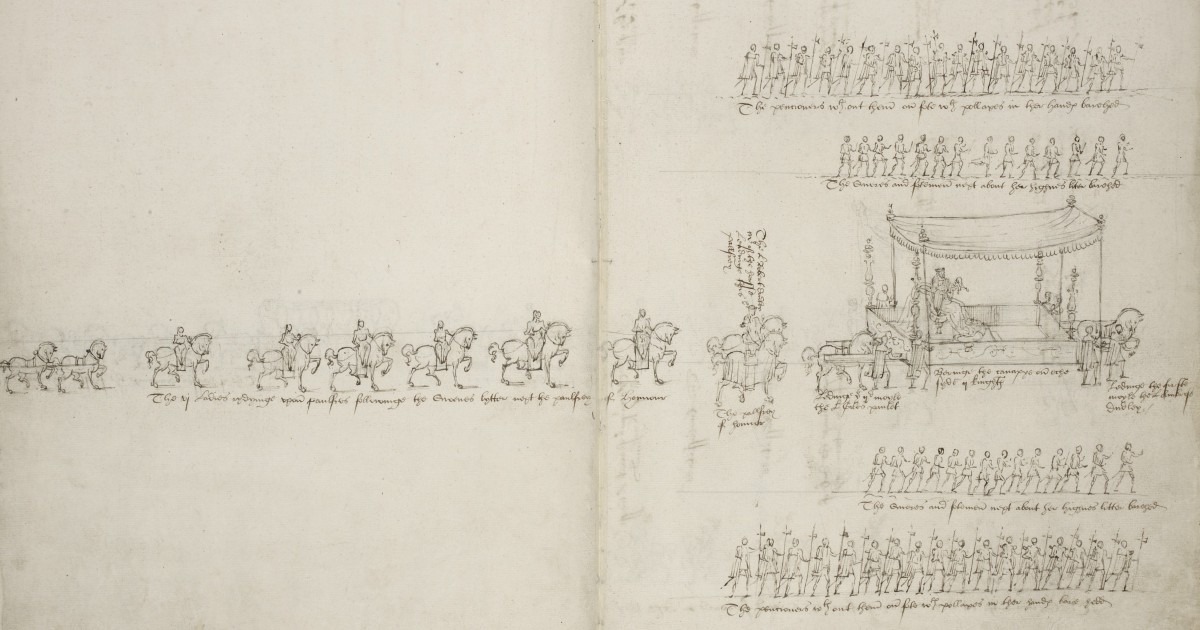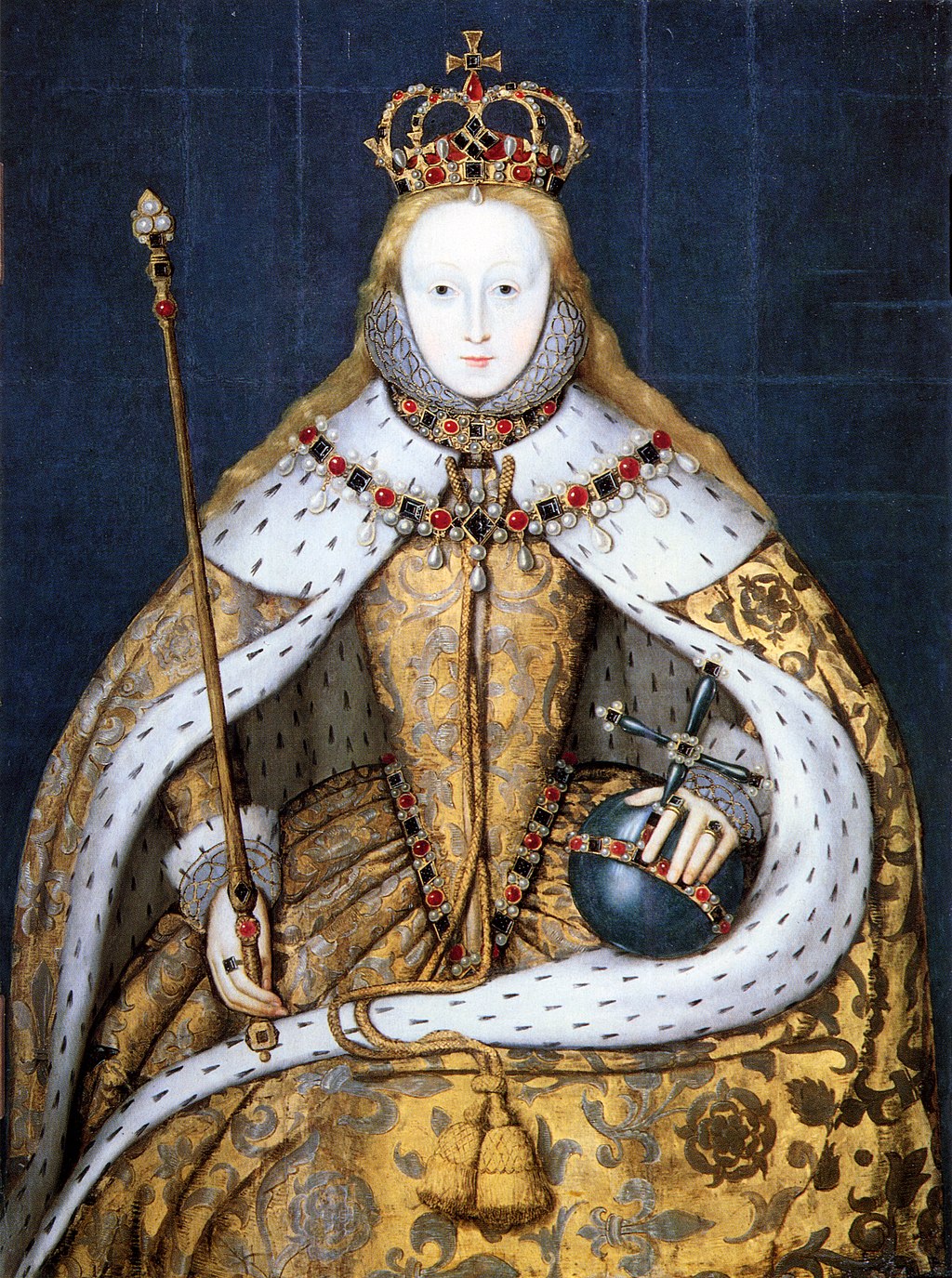Traditionally REED collections have been used as primary sources and cited mainly in endnotes and editorial apparatus. And yet there is a real richness of detail captured in the records that helps researchers and students to gain new understandings about how London functioned, and how Londoners experienced political and social occasions. From the beginning, and as we have encoded the REED London records, members of the REED London team have sought to use references found in the records (sometimes clear, sometimes opaque) to make new discoveries about historical events. In short, one of our goals was to center the information we have gathered and present it in narrative form, using various digital tools to tell those stories. Throughout the various phases of the REED London project members of the team have identified and researched events that appear repeatedly in the records and which can help us to think differently about history in London and the role performers and entertainment played in it.
The wedding masques performed for the union of Princess Elizabeth Stuart (daughter of James I) and Frederick V, Elector Palatine in 1613. Members of Inns of Court, including Gray's Inn, the Inner Temple, and the xx, performed at court in opulent and expensive masques during the nine days of celebrations surrounding the marriage.
Story Maps
The Wedding (Sunday, February 14)
The Memorable Masque (Monday, February 15)
The Masque of Inner Temple and Gray's Inn (Tuesday, February 16)
The 16 year-old Catherine of Aragon (daughter of Ferdinand of Aragon and Isabella of Castille) sailed with an estimated 1,000 Spanish courtiers and household members to England in the autumn of 1503. She arrived in England and made her way overland to London to meet her betrothed husband, Prince Arthur (son of Henry VII and Elizabeth of York). On her way to St. Paul's for the wedding ceremony Catherine formally entered the City and progressed through its streets. Members of the Worshipful Companies organized to greet and escort her through the streets and pay for the arrangements required to ensure the participants and audiences could be managed.
Katherine of Aragon's Royal Entry (November 12, 1501)
Elizabeth I's Coronation Event (January 14, 1559)
Mapping Elizabeth's Coronation Processions (November 1558 - January 1559)

In November 1558 Mary I died and Elizabeth Tudor was proclaimed Queen Regnant. Over the next three months a series of journeys, celebrations, and entertainments were organized -- including by Mayor of London Thomas Legh and his fellow guildsmen. On January 14 1559, after a series of journeys by horseback and barge, Elizabeth processed through the London streets accompanied by Legh, the Aldermen of the City, and members of the Worshipful Companies who paid for a series of pageants placed at strategic locations along her route from the Tower to Westminster.



